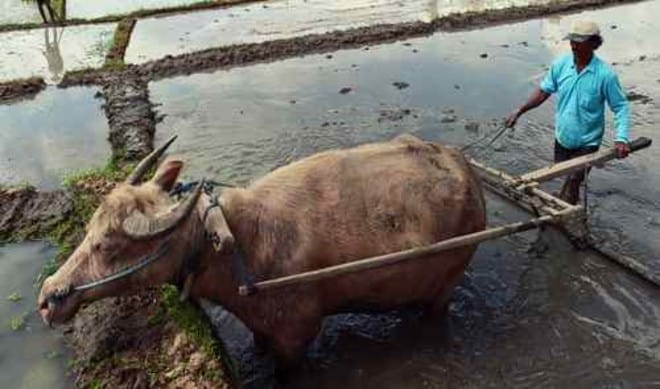A recent study from Future Directions International suggests that major investments in Indonesia’s water delivery and sanitation system and agricultural development are necessary to improve the country’s long-term water and food security.
Indonesia has achieved steady levels of economic growth (according to the International Food Policy Research Institute) in recent years, and many households moving into the middle class have increased their food consumption. Despite improvements in the country’s income status, approximately 10 to 15 percent of Indonesians still live under the national poverty line and the half of all households living near the poverty line struggle to pay for food.
Indonesia currently produces enough food to feed its population, but inefficiencies in food distribution systems across the archipelago— comprised of 17,000 different islands—prevent low-income Indonesians from accessing food at affordable prices. At present, Indonesia relies on wide-spread, small-scale agricultural production and food imports to supply food to its population.
Last year, the Indonesian government instated new food laws intended to help Indonesia achieve food self-sufficiency. The laws aim to reduce Indonesia’s reliance on imports by meeting 90 percent of the country’s food demand through domestic agricultural production by 2014.
However, the study argues that Indonesia’s new food laws have set production goals that cannot be met through the country’s current inadequate food and water distribution networks.
A news report in the Asia Sentinel suggests that the laws’ goal to rely primarily on domestic production for its food supply may lead to volatile domestic food prices that jeopardize food security for its population. The report notes that the food laws have increased food prices by as much as 15 percent. Fluctuating food prices significantly impact Indonesian households living near the poverty line who, according to the World Bank, earn US $22 a month and spend most of their income on food.
The Future Directions International report suggests that factors—such as a growing urban population and inadequate irrigation systems—that affect the regulation and distribution of Indonesia’s water supply limit its ability to meet its new agricultural production goals.
The report notes that poor water management and outdated water distribution networks fail to efficiently capture and distribute Indonesia’s high levels of rainfall to its population. Private companies supply only 40 percent of Indonesia’s water demand, leading its population to create and rely on illegal, unregulated ground wells for water. Moreover, Indonesia’s growing population will be forced to compete with rising water demands from both the industrial and agricultural sector (which already uses more than 80 percent of the water supply for irrigation alone).
At present, Indonesia’s damaged irrigation networks reduce its agricultural sector’s ability to make efficient use of its water supply, which may lead to insufficient crop levels. According to the report, Indonesia’s Agriculture Ministry estimates that it will cost at least US$5 billion to repair damages to the irrigation systems and to remove high levels of pollution from the current water networks over the next two decades.
Indonesia’s food and water security strategy relies on raising its agricultural productivity. The report concludes that Indonesia needs to invest in infrastructure development to distribute the food supply more equitably among its population and to distribute water more efficiently to its agricultural sector.















